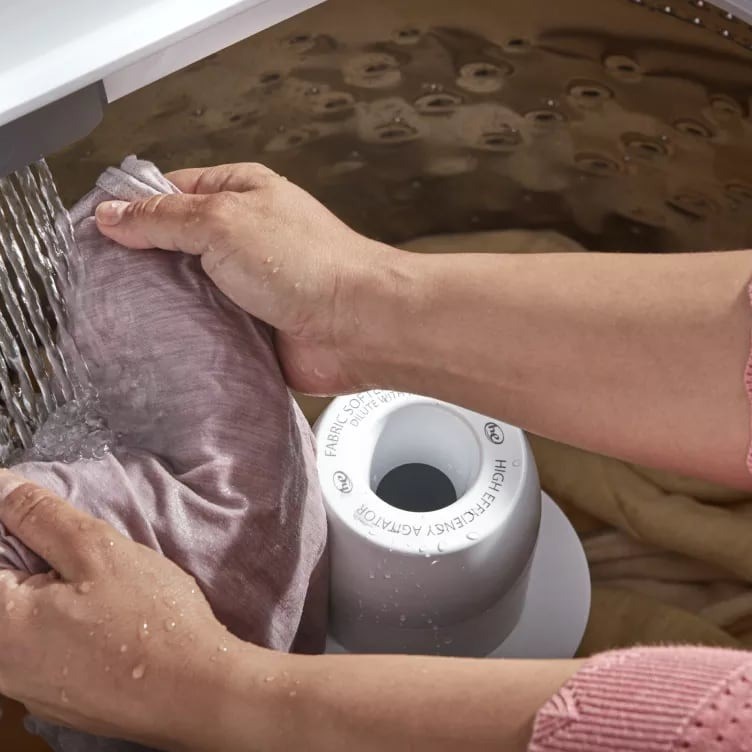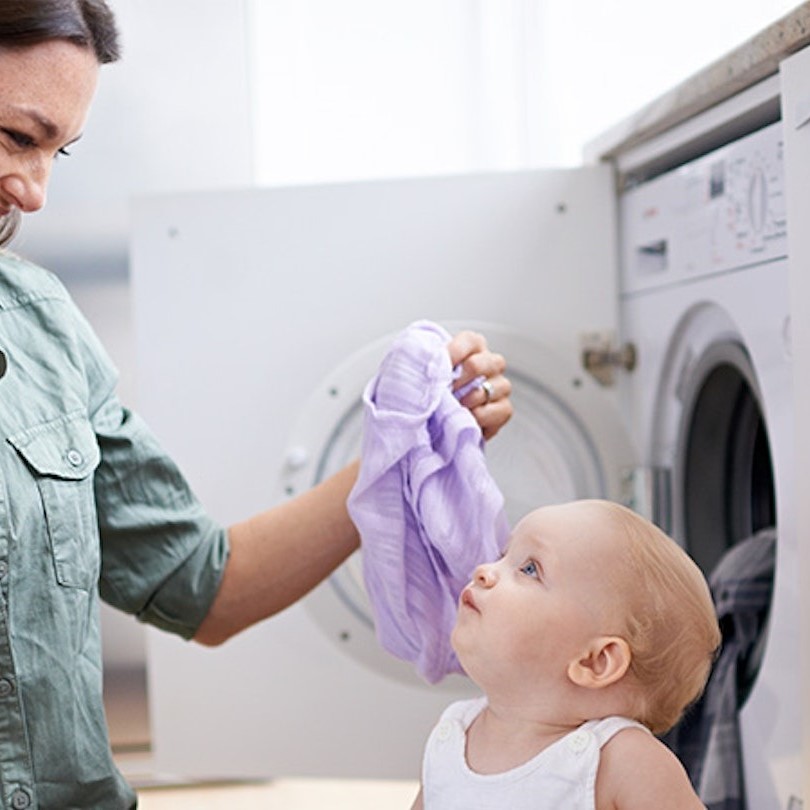Physical Address
304 North Cardinal St.
Dorchester Center, MA 02124
Physical Address
304 North Cardinal St.
Dorchester Center, MA 02124

When it comes to caring for babies, one of the most challenging aspects is dealing with their clothing. As delightful as babies are, they also have a knack for making their clothes a canvas for all sorts of stubborn stains, particularly yellow stains. Parents often find themselves asking the question: how to get yellow stains out of baby clothes? In this article, we will explore effective methods and tips to ensure your baby’s wardrobe remains fresh, clean, and stain-free.
Understanding the reasons behind yellow stains can help in prevention. Let’s look at the typical causes.
Often, spit-up and milk left on clothes form yellow stains. Clean these quickly to avoid permanent marks.
Babies sweat, which mixes with oils from their skin. Over time, this can yellow clothing.
Urine or feces from leaky diapers can stain clothes. Address these promptly to prevent yellowing.
Improper storage can lead to clothes yellowing over time. Keep them dry and away from moisture.

Tackling yellow stains on baby clothes might seem daunting, but with the right approach, you can restore them to their original condition. Here’s a detailed guide to help you remove those stubborn stains effectively.
Start by applying a gentle stain remover directly to the yellow stains. Allow the solution to penetrate the fabric for a few minutes before washing. This pre-treatment helps to loosen the stain, making it easier to remove during the wash.
Lemon juice acts as a natural bleaching agent. Apply it generously to the stained area and expose the garment to sunlight for a few hours. The UV rays in sunlight combined with lemon juice can help break down the yellow stains.
Create a soaking solution with one part white vinegar and two parts water. Submerge the stained clothes in this solution and let them soak overnight. Vinegar is effective in breaking down the stain compounds.
For tougher stains, use an oxygen-based bleach according to the manufacturer’s instructions. This type of bleach is safe for colored and delicate fabrics and helps to break down stains without harsh chemicals.
Always use cold to lukewarm water for stain removal. Hot water can set the stains permanently into the fabrics. Cold water helps to lift stains out while being gentle on the fabric fibers.
Preventing stains is as important as removing them. Simple habits can make a big difference.
Act fast when spills happen. Quick action can stop stains from setting in.
Store baby clothes in dry, cool places. Moisture can cause yellowing over time.
Use bibs and burp cloths during feedings. They absorb spills and protect clothes.
Select fabrics known for resisting stains. Some materials are easier to clean and maintain.

Proper care extends the life of baby wardrobe. Simple steps keep clothes ready for use or hand-downs.
Regular check-ups on baby clothes avoid long-term damage. Always:
These actions prevent the buildup of stains and fabric wear.
Heirloom clothes need special care. To preserve these valuable items:
Handling these garments with care maintains their quality for generations.
Baby clothes can be delicate, making stain removal tricky. Aside from the methods mentioned, there are alternative techniques you can try that are often effective.
Hot water can help lift yellow stains from baby clothes. Soak clothes in hot water—ensure it’s not too hot for the fabric—usually cotton can handle higher temperatures. After soaking for a few hours, wash as normal. This method is best for durable fabrics.
One popular method involves using Dawn dish soap and Biz stain remover. Mix these in a tub of warm water and soak the stained clothes. The enzymes in Biz combined with the grease-fighting power of Dawn can work wonders on tough stains. It’s important to check fabric care labels first to make sure this will not damage the clothing.
For delicate heirloom or antique baby clothes, a gentler approach is needed. Avoid using harsh chemicals. Instead, try spot cleaning with a mild detergent and water. Gently dab at stains rather than rubbing to avoid fabric damage. For antique fabrics, sometimes it’s best to consult a textile conservation expert.
Despite best efforts, some stains can be particularly stubborn. Knowing when to seek professional help is vital in such scenarios.
In these cases, recognizing when and how to get yellow stains out of baby clothes with external assistance can provide peace of mind for parents.

When it comes to removing yellow stains from baby clothes, the key is balancing effectiveness with fabric safety. It’s essential to consider the material and age of the garments when choosing a stain removal method. Here are some final thoughts to ensure success in managing stains while caring for your little one’s attire.
Always pay attention to the fabric care labels before attempting any stain removal techniques. Delicate materials might require a gentler approach, whereas more durable fabrics can withstand robust cleaning methods. Test stain removers on a small, inconspicuous area of the garment first, to ensure there’s no adverse reaction. By prioritizing fabric safety, you maintain the longevity and appearance of baby clothing.
If you’ve discovered a particularly effective method for how to get yellow stains out of baby clothes, consider sharing your experience with other parents. Whether it’s through online forums, social media, or parenting groups, exchanging tips can help others tackle similar issues. Plus, it’s a great way to connect with the community over the shared goal of keeping baby clothes stain-free and in pristine condition.
In conclusion, while yellow stains on baby clothes can be a challenge, understanding how to get yellow stains out of baby clothes is a manageable task with the right strategies and solutions at hand. By exploring the causes, employing effective pre-treatment and washing techniques, being mindful of drying methods, and knowing when to seek professional help, parents can ensure that their little one’s clothing remains as adorable and pristine as the day it was purchased. The journey to stain-free baby clothing may take some time and experimentation, but with perseverance and the right knowledge, success is within reach.